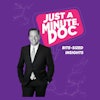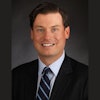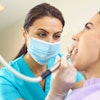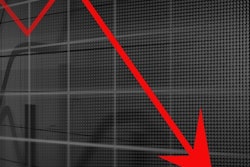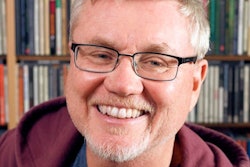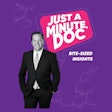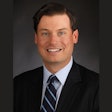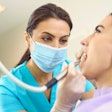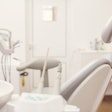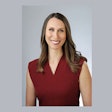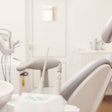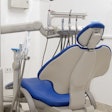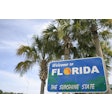
The vast majority of dental practices are either closed or seeing only emergency patients during the ongoing outbreak of the novel coronavirus, according to an ADA Health Policy Institute (HPI) survey of more than 19,000 dentists.
The Health Policy Institute launched the survey on March 23 to find out how dentists and dental teams are responding to the pandemic. The findings demonstrate that many dentists and dental staff are following the ADA's unprecedented guidance to postpone elective procedures.
"We received an overwhelming response from dentists, with more than 19,000 dentists participating in our poll," stated Marko Vujicic, PhD, chief economist and vice president of the HPI, in an ADA News story. "Having real-time data is critical to support the ADA's response to the crisis."
The survey of 19,154 dentists showed that 76% of practices only saw emergency patients during the week of March 23. Another 19% didn't see any patients at all.
In addition, the vast majority of practices had a lower volume of both patients and collections. Approximately nine out of 10 practices had less than a quarter of their typical patient volume. The volume of total collections was slightly less affected, with 82% of practices having less than a quarter of typical collections.
The lack of collections and patients is affecting staff pay. More than a quarter (28%) of dentists reported not paying their staff during the week of March 23. Another 45% provided partial pay, and 27% provided full pay, according to the report.
State, DSO variations
While dental practices in most states took the precautions seriously, two states bucked that trend. In Indiana, almost 17% of practices stayed open, including 3% of practices that did business as usual. And in Montana, 22% of practices stayed open, with 1.2% doing business as usual.
The statistics also varied by practice type. More than three-quarters (77%) of dentists in practices associated with dental service/support organizations (DSOs) said they were only seeing emergency patients, compared with 66% of dentists in other practice arrangements. Non-DSO practices were also more likely to be open to nonemergency patients and more likely to be closed entirely.
Furthermore, 19% of dentists in DSO practices said their staff was paid their full wages, compared with 28% of dentists in other types of practices. Another 35% of DSO practices didn't pay their staff at all, compared with 28% of other practices.
Future of the survey
The ADA plans to continue the survey on a biweekly basis to continue monitoring the effects of the pandemic. So far, more than 11,000 dentists have answered Vujicic's call to participate.
"It is important that we track data over time consistently," he said in the ADA News story. "We were thrilled that over 11,000 dentists have agreed to regularly report data. Given all the stresses and uncertainty dentists are dealing with, it is amazing to see such a commitment to help."
